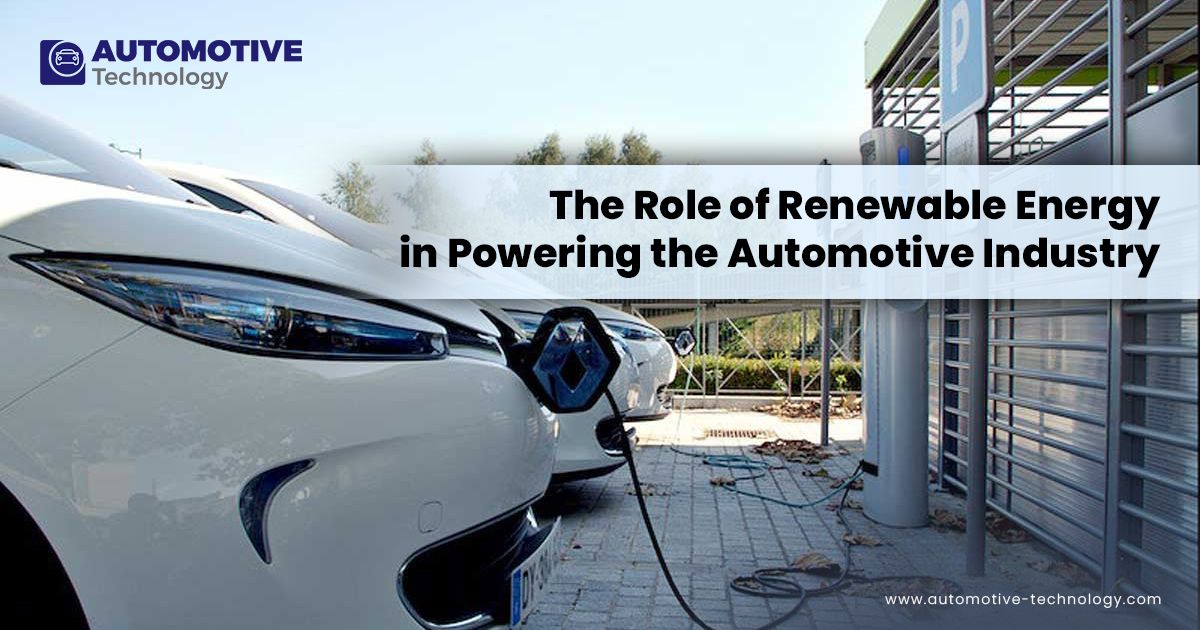
For decades, gasoline has been the undisputed king of automotive fuels, powering everything from our daily commutes to cross-country adventures. However, the reign of this traditional liquid hydrocarbon is increasingly challenged by mounting environmental concerns, the urgent need for decarbonization, and a global pivot towards sustainable energy. The automotive industry stands at a crucial crossroads, navigating a future where innovation, policy, and consumer preferences are rapidly reshaping what powers our vehicles. It’s a complex puzzle, but one that science and engineering are tirelessly working to solve, offering glimpses into a truly revolutionary future.
While electric vehicles have surged into the mainstream, promising a future of zero-tailpipe-emission personal transport, certain mobility tasks just cannot practically be electrified. We’re talking about scenarios involving extreme loads, harsh climates, or long ranges where refueling or recharging is simply impractical. These demanding applications still require the incredible energy density that only a liquid hydrocarbon fuel can deliver, leaving a significant gap that batteries alone cannot fill. This is where a fascinating and often controversial array of alternative fuels comes into play, each with its own promise and unique set of challenges.
Fortunately, science is not standing still; it’s actively delivering carbon-neutral fuel options that could seamlessly integrate with existing infrastructure or power the next generation of specialized vehicles. From advanced biofuels to synthetic eFuels, and the increasingly dominant role of electricity, the landscape of automotive power is undergoing a profound transformation. Join us as we dive deep into the most promising—and sometimes contentious—fuel types on the horizon, exploring their mechanics, their potential, and what they mean for the future of how we move.

1. **Biofuels: The Original Decarbonization Concept**Biofuels were, in many ways, the original concept championed for mobility decarbonization, long before the widespread adoption of electric vehicles began to reshape the discussion. The fundamental idea was elegant in its simplicity: create fuel from organic matter, primarily plants, which would absorb carbon dioxide during their growth cycle, theoretically making the resulting fuel carbon-neutral. This vision offered a compelling pathway to reduce our reliance on fossil fuels while still utilizing the familiar internal combustion engine technology that dominated the automotive world.
Ethanol, derived predominantly from corn, emerged as an early and widely adopted option for this “growing” fuel. The process involved fermenting the sugars in corn to produce alcohol, which could then be blended with gasoline or used as a standalone fuel in specially designed engines. This approach quickly gained traction, especially in regions with abundant corn production, and became a staple in many fuel markets. It promised a domestic, renewable energy source, which also held appeal for energy security.
However, the enthusiasm for corn ethanol soon encountered a significant drawback. Critics pointed out that producing ethanol from corn often meant that the feedstock simply displaced corn destined for food—either directly for human consumption or indirectly through livestock feed. This created a complex dilemma: was the fuel truly carbon-neutral if it competed with global food supplies, potentially driving up food prices and leading to land-use changes that negated any environmental benefits? The debate highlighted the intricate relationship between energy production, agriculture, and global sustainability.
The broader challenge for many early biofuel concepts, including corn ethanol, has been their struggle to compete profitably with comparably cheap oil. Despite extensive research into bioengineered microbes, catalysts, and manufacturing processes aimed at improving efficiency and reducing costs, the economic realities of the global energy market have often made it difficult for these biofuels to scale up and become truly mainstream. This ongoing battle for economic viability remains a key hurdle for many advanced biofuel solutions.

2. **Cellulosic Ethanol: Beyond Food Crops**Recognizing the limitations and criticisms leveled against first-generation biofuels like corn ethanol, the scientific community and industry turned their attention to more sustainable alternatives, with cellulosic ethanol leading the charge. This innovative approach offers a compelling solution to the food-versus-fuel debate by utilizing biomass that does not compete with food production. Instead of using the edible grains, cellulosic ethanol is made from the otherwise unusable lignin found in corn stalks, switchgrass, or a myriad of waste products.
This shift in feedstock is a game-changer for the environmental profile of biofuels. Imagine taking agricultural waste that would typically be left to rot in fields or sent to landfills—materials like crop residues, forest waste, or even municipal solid waste—and converting them into valuable fuel. When these materials simply rot, they release their stored CO2 back into the atmosphere. By capturing that biomass and transforming it into cellulosic ethanol, we not only produce energy but also effectively mitigate these emissions, enhancing the overall carbon-neutral potential of the fuel.
The production of cellulosic ethanol is, however, technically more complex than traditional ethanol. It involves breaking down tough lignocellulosic materials into fermentable sugars, a process that requires specialized enzymes or chemical treatments. Despite significant advancements in biotechnology and engineering, bringing these processes to commercial scale at a competitive price point has proven challenging. To date, none of the bioengineered “franken-microbes,” catalysts, or manufacturing processes have been able to consistently compete profitably with the relatively low cost of petroleum, thus hindering widespread adoption and large-scale market penetration.
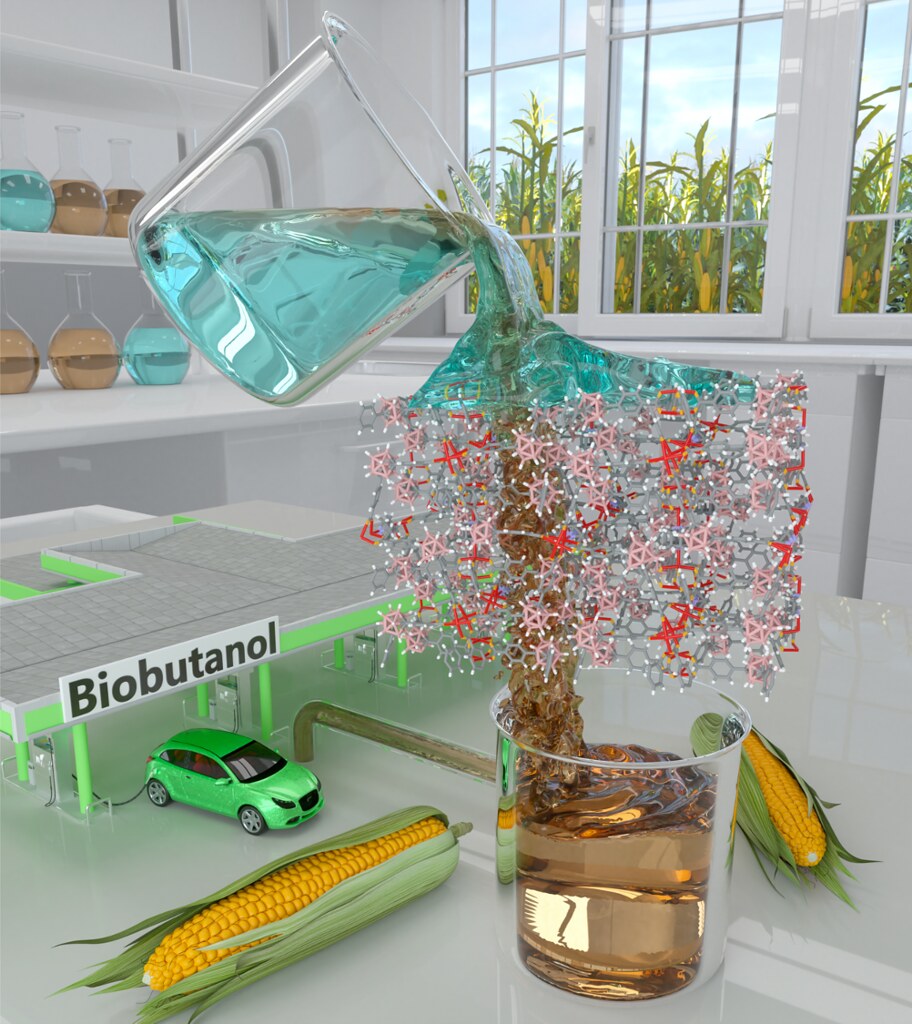
3. **Biobutanol: A Near Drop-in Replacement**Building upon the lessons learned from ethanol, researchers have increasingly focused on biobutanol, a biofuel that presents an even more attractive proposition due to its superior properties and compatibility with existing infrastructure. Biobutanol is considered an advancement because it’s a near drop-in replacement for gasoline, meaning it can be used in conventional engines with little to no modification, unlike ethanol which often requires specialized flex-fuel vehicles or limited blending ratios.
This enhanced compatibility stems from biobutanol’s chemical structure, which boasts a higher energy density than ethanol and is less corrosive, making it a more practical and direct substitute for gasoline. It also has a lower vapor pressure, which means fewer evaporative emissions and a safer storage profile. These characteristics address many of the practical hurdles that have historically limited ethanol’s widespread adoption and make biobutanol a much more compelling candidate for immediate integration into the existing fuel ecosystem.
Promising research continues to push the boundaries of biobutanol production, particularly focusing on highly sustainable methods. Scientists are exploring innovative techniques involving treating a stream of CO2 gas with specially engineered microbes and hydrogen to produce biobutanol. This method promises a fuel that is as clean as the hydrogen that created it, potentially achieving a truly carbon-neutral or even carbon-negative footprint. This biological conversion of waste CO2 into a valuable fuel represents a significant leap forward in green chemistry.
The source of the hydrogen for this process is also critical to its environmental credentials. Exciting developments in green hydrogen production are showing immense promise, particularly utilizing otherwise discarded materials like coffee grounds and spirits-distilling byproducts. By transforming these waste streams into a key component for biobutanol synthesis, the entire production chain becomes significantly more circular and sustainable, embodying the principles of a true circular economy. These innovations are positioning biobutanol as a leading contender in the race for future fuels.

4. **eMethanol: Carbon-Negative Fuel Visions**Methanol, an alcohol-based fuel, was once proposed as a significant alternative or gasoline-blending agent, much like ethanol. However, its widespread adoption was effectively curtailed by two major drawbacks: its higher toxicity compared to gasoline and its corrosive effect on aluminum components commonly found in engine systems. These issues made it less appealing for general automotive use, despite its potential as an energy carrier.
Despite these historical hurdles, methanol is making a strong comeback in the discussion of green fuels, primarily due to advancements in its sustainable production pathways. It can now be produced more sustainably than ethanol and, critically, can be manufactured directly from CO2 and hydrogen. This direct synthesis from captured carbon dioxide and green hydrogen positions methanol as an important stepping stone in many advanced carbon-capture green-fuel schemes, offering a path to reduce atmospheric CO2 levels.
One of the most ambitious and intriguing proposals comes from the Austrian firm Obrist Group. They envision a future where massive solar farms, strategically located in deserts near seawater, are leveraged for two key processes: direct carbon capture from the atmosphere and electrolysis of water to produce hydrogen. The captured CO2 and hydrogen would then be combined to produce methanol. What makes Obrist’s proposal truly revolutionary is a related reaction designed to sequester carbon as graphite in the process.
By utilizing renewable energy from solar farms and incorporating this innovative carbon sink, Obrist claims its eMethanol is the world’s first carbon-negative fuel. This means that the production and use of the fuel would result in a net removal of carbon dioxide from the atmosphere, not just neutrality. While the concept is groundbreaking, Obrist is short on specifics regarding when production might realistically begin, offering a broad timeframe of “between two years and never.” The ambition is clear, but the practicalities of such a large-scale, carbon-negative fuel production remain a significant engineering and economic challenge.

5. **eFuels (Electrochemical Fuels): Powering Combustion Cars Sustainably**eFuels, or electrochemical fuels, represent a cutting-edge category of synthetic liquid fuels that offer a tantalizing possibility: allowing us to keep driving our beloved combustion cars, but with a drastically reduced carbon footprint. The fundamental principle behind eFuels is elegantly simple, yet technologically complex: they use electrical energy, ideally from renewable sources, to construct fuel molecules. This is achieved by combining CO2 captured directly from the atmosphere with hydrogen electrolyzed from water, creating a sustainable, closed-loop carbon cycle.
The potential of eFuels is not just theoretical; it’s already being demonstrated at a high-performance level. Porsche, a brand synonymous with powerful combustion engines, is currently running its racing program on 100 percent carbon-neutral e-gasoline. This high-octane synthetic fuel is produced entirely using direct carbon capture technologies powered by wind energy, proving that eFuels can deliver the performance demanding applications require while adhering to stringent sustainability goals. This real-world application underscores the viability of eFuels for even the most performance-oriented vehicles.
Expanding on this proof of concept, HIF Global’s Haru Oni eFuels demonstration plant in Chile is already up and running. This pioneering facility is powered by a 3.2-megawatt wind turbine and currently produces approximately 35,000 gallons of eFuel per year. While this output is modest, and the current price point of about $45 per gallon is far from competitive with conventional gasoline, it represents a crucial first step. HIF has ambitious plans to scale up significantly, having applied to install 384 MW of wind turbines. Their long-term goal is to combine 250,000 tons of CO2 with hydrogen from seawater to produce a staggering 17 million gallons of eFuel per year, aiming for much more reasonable prices through economies of scale.
Further innovations in the eFuels space are emerging, exemplified by Prometheus Fuels, which claims its process short-circuits some of the more energy-intensive steps in HIF’s production to achieve price parity with petro fuel. Prometheus utilizes a catalytic electrolysis method to produce ethanol directly from a solution of CO2 in water. Crucially, it then separates the ethanol via a carbon-nanotube membrane, a technique that saves the significant energy typically expended in traditional distillation processes. This streamlined approach could drastically reduce production costs and energy input, making eFuels more economically viable.
Despite the promising technology, Prometheus has faced challenges, with stated production deadlines having passed. However, major investors like BMW i Ventures remain bullish, indicating continued confidence in the potential of their innovative approach. The journey to widespread eFuel adoption is fraught with technical and economic hurdles, but the ongoing investment and research suggest that these synthetic fuels could indeed play a pivotal role in decarbonizing the automotive sector, especially for existing combustion engine fleets and hard-to-electrify applications like aviation.
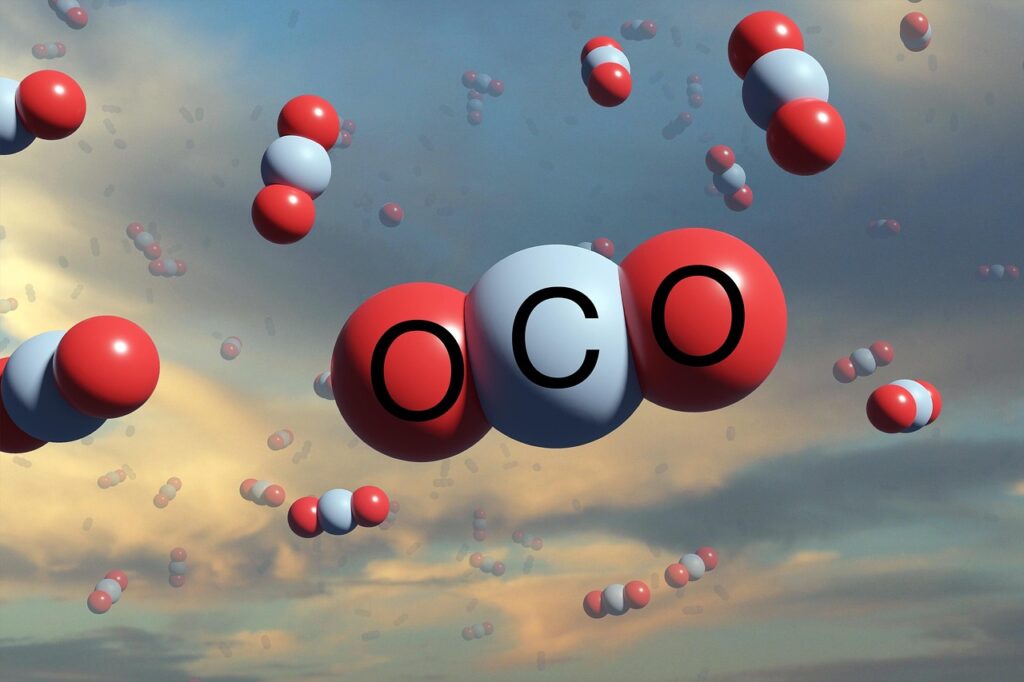
6. **Carbon Capture: The Enabler for Synthetic Fuels**At the heart of any truly carbon-neutral or carbon-negative synthetic fuel strategy lies the critical technology of carbon capture. Whether it’s eMethanol or eFuels, the production pathways for these advanced alternatives fundamentally rely on sourcing CO2, often directly from the atmosphere or from industrial emissions, as a raw material. Without efficient and scalable carbon capture, the ambitious environmental goals associated with these fuels — namely, breaking the cycle of adding new carbon to the atmosphere — would be unattainable.
Carbon Engineering, a company that garnered significant attention, was an early pioneer in the fuel-from-CO2 game. Back in 2018, they were leveraging proprietary paper-mill technology to capture atmospheric carbon dioxide, demonstrating the technical feasibility of transforming environmental waste into a valuable resource for fuel production. Their work highlighted the potential for direct air capture to supply the necessary carbon feedstock for synthetic fuel synthesis, setting a precedent for future developments in the field.
However, the landscape of carbon capture technology is dynamic, and its future trajectory is subject to corporate shifts and strategic realignments. The recent acquisition of Carbon Engineering by Occidental Petroleum, a major oil and gas company, introduces a new dimension to its future. While such acquisitions can bring significant investment and resources, they also call into question the specific focus of future fuel production plans. It remains to be seen how this integration will influence the pace and direction of carbon-capture-to-fuel initiatives, and whether the focus will remain squarely on automotive applications.
The broader implication of carbon capture cannot be overstated. It’s not just about one company or one fuel type; it’s a foundational technology that underpins the viability of numerous green fuel schemes. The ability to effectively and economically remove CO2 from the atmosphere or industrial exhaust is a lynchpin for achieving genuine carbon neutrality across various sectors, from transportation to heavy industry. Continued innovation and investment in carbon capture will be essential for unlocking the full potential of synthetic fuels and moving closer to a net-zero future.

7. **Electricity: The Current Leader in Decarbonization**In the rapidly evolving landscape of automotive fuels, electricity has undeniably emerged as the frontrunner in the race for decarbonization, especially within the passenger car market. Electric vehicles (EVs), powered by batteries charged with electricity, have gained significant market traction and public awareness due to their compelling environmental benefits and technological advancements. Their promise of zero tailpipe emissions directly addresses pressing concerns about urban air quality and greenhouse gas contributions from traditional gasoline-powered vehicles.
The advantages of electricity as a fuel source for vehicles are multifaceted. Beyond the absence of tailpipe emissions, EVs boast high energy efficiency, converting a larger percentage of their stored energy into motion compared to internal combustion engines. Furthermore, their compatibility with renewable energy sources like solar and wind power means that as our grids become greener, so too does the entire lifecycle of EV operation, offering a truly sustainable pathway to mobility. This synergy with renewable energy is a powerful argument for their widespread adoption.
However, the path to universal electrification is not without its challenges. Key disadvantages include concerns over limited range, though battery technology is rapidly improving, and the significant hurdle of building out a robust and ubiquitous charging infrastructure. Moreover, the environmental impact of battery production, from raw material extraction to manufacturing, is an ongoing area of scrutiny and innovation. Addressing these concerns is crucial for accelerating EV adoption beyond early adopters.
Looking ahead, the future of electricity in automotive fuels is exceptionally bright. Continuous advancements in battery technology, such as the development of solid-state batteries which promise higher energy density and faster charging, are set to mitigate current limitations. Simultaneously, the expansion of charging networks, driven by both public and private investment, will make EV ownership more practical and accessible. While electrification is poised to dominate passenger car markets, it’s important to remember that some extreme mobility tasks still call for the energy density of liquid fuels, highlighting the need for a diverse portfolio of solutions moving forward.
Stepping beyond the immediate contenders, the journey toward a truly decarbonized future for transportation requires us to explore an even broader spectrum of innovative and established alternative fuels. While electrification gains ground in passenger cars, certain sectors, like heavy-duty trucking and aviation, demand the high energy density and rapid refueling that only liquid or gaseous fuels can provide. This is where hydrogen, advanced biofuels, and other gaseous options step in, alongside a look at the groundbreaking energy sources that could power their production for generations to come.
8. **Hydrogen Fuel Cells: Powering the Heavy Haulers**For those demanding mobility tasks that simply cannot be electrified, such as interstate trucking or powering transatlantic jumbo jets, hydrogen emerges as a truly promising, zero-emission alternative. Its energy density and rapid refueling capabilities make it uniquely suited for extreme loads, harsh climates, and long ranges where battery-electric solutions currently fall short. In fact, ambitious plans from the White House to fund a national zero-emission freight corridor suggest hydrogen could significantly decarbonize freight transport in the next decade, either through fuel cells or by burning it directly in modified diesel engines.
Hydrogen fuel cell electric vehicles (FCEVs) operate by converting the chemical energy from hydrogen and oxygen into electricity, producing only water vapor as a byproduct. This process offers distinct advantages: absolutely zero tailpipe emissions, remarkably fast refueling times comparable to gasoline, and the high energy density necessary for heavy-duty applications. Imagine a future where heavy trucks refuel in minutes, not hours, with only water dripping from their tailpipes—that’s the vision hydrogen promises.
The true environmental promise of hydrogen, however, lies in its production from renewable resources, often referred to as “green hydrogen.” This involves using electrolysis to split water into hydrogen and oxygen, powered by clean energy sources like solar or wind. This method ensures that the entire lifecycle of the fuel, from production to consumption, is as emissions-free as possible, making it a critical component of a truly sustainable energy portfolio.
Despite its vast potential, the widespread adoption of hydrogen faces several formidable challenges. Building out a comprehensive refueling infrastructure is a monumental undertaking, and the current production costs for green hydrogen remain high. The energy-intensive nature of its production is another hurdle, demanding significant advancements in efficiency. Nevertheless, ongoing investments in the “Fuel Cell Ecosystem” and strategic “Automaker Partnerships for H2 Fuel Development” are steadily paving the way for hydrogen to play a pivotal role in decarbonizing hard-to-electrify sectors.
As battery technology continues to advance, hydrogen fuel cells are carving out a crucial niche where electric powertrains may never practically pencil out. Its long-term role in heavy-duty transport and industrial applications is becoming increasingly clear. The next decade could see hydrogen-powered fleets becoming a common sight on our highways, embodying a significant leap forward in our quest for sustainable mobility.
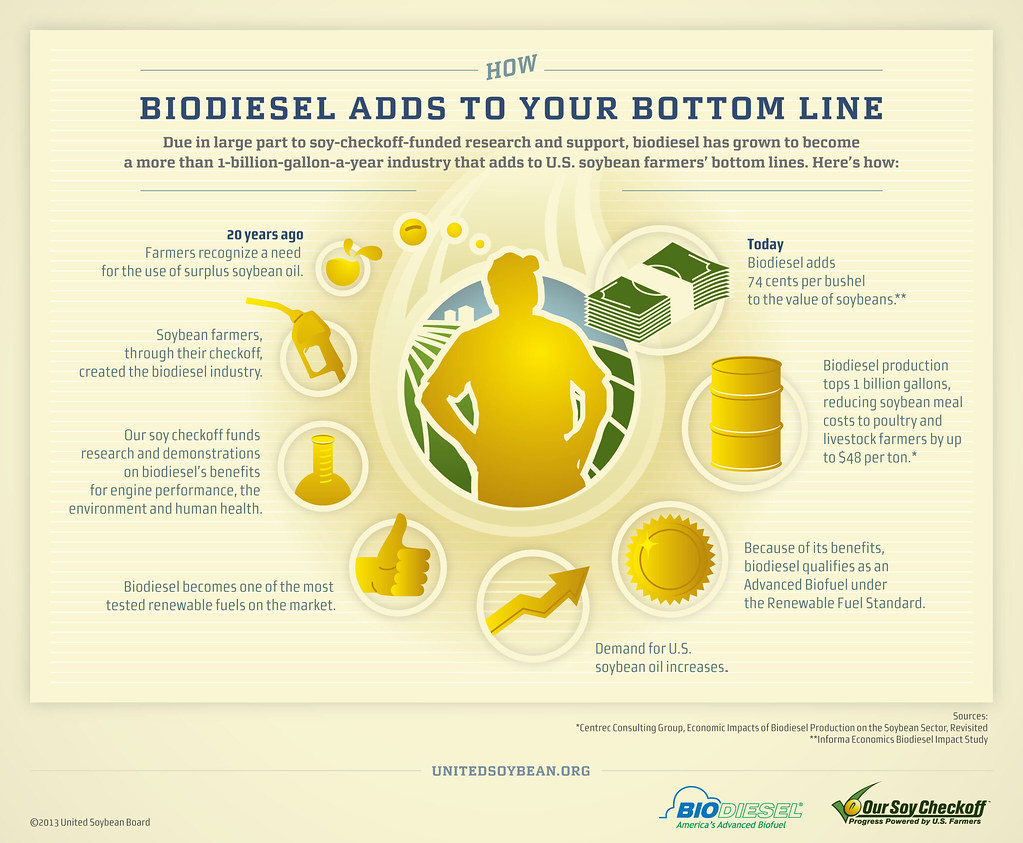
9. **Biodiesel: A Familiar Renewable Face**Biodiesel stands as an enduring and practical renewable fuel, offering a direct pathway to lower emissions for diesel engines with minimal modifications required. Unlike ethanol, which often necessitates specific flex-fuel vehicles or limited blending ratios, biodiesel is considered a near “drop-in” replacement. It can be manufactured from a diverse range of organic materials, including readily available vegetable oils, animal fats, and even recycled cooking grease, making it an attractive option for circular economy principles.
The advantages of biodiesel are clear and compelling: it significantly reduces greenhouse gas emissions compared to conventional diesel, is biodegradable, and, as a renewable resource, lessens our reliance on finite fossil fuels. This makes it particularly appealing for commercial fleets and heavy-duty vehicles, which often have long operational lifespans and established refueling infrastructures that can easily accommodate biodiesel blends. Leading companies like Shell, the world’s largest biofuel blender, and Eni SpA, doubling down on bio-refining, demonstrate the continued commercial relevance and growth potential of this fuel.
However, biodiesel is not without its challenges. The primary concern revolves around feedstock availability and the potential for competition with food production, particularly when agricultural crops are diverted to fuel production. This “food versus fuel” debate, similar to that faced by corn ethanol, underscores the delicate balance between energy and food security, especially in regions with high biofuel demand. Ensuring a sustainable feedstock supply remains a critical focus for the industry.
To address these sustainability concerns and enhance scalability, significant research and development are exploring next-generation biodiesel options. Innovations such as algae-based biodiesel, which can be grown in non-arable land with high yields, and other advanced feedstocks promise to make biodiesel production more environmentally sound and economically viable. The emergence of “Renewable Diesel,” a biomass-derived fuel that is chemically identical to petroleum diesel, further expands the possibilities for cleaner diesel applications.
As we look ahead, biodiesel will continue to be a vital component in the decarbonization toolkit, especially for segments that are difficult to electrify. Its compatibility with existing engines and infrastructure, combined with ongoing advancements in sustainable production methods, positions biodiesel as a reliable and increasingly greener option for heavy transport, contributing significantly to a diversified fuel landscape.
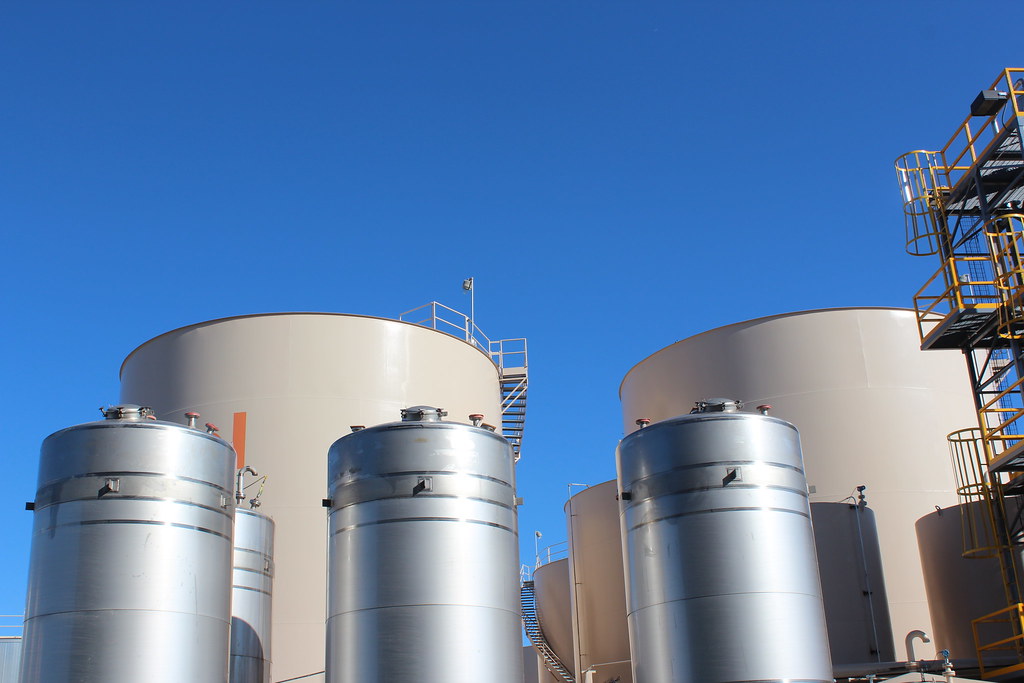
10. **Natural Gas (CNG & LNG): Bridging the Gap**Compressed Natural Gas (CNG) and Liquefied Natural Gas (LNG) represent established gaseous alternatives that have long served as cleaner-burning fossil fuels for various vehicles. While still fossil-derived, they offer a tangible step down in emissions compared to gasoline and diesel, making them a popular choice for transitioning fleets. Their appeal is further bolstered by natural gas being a “domestically abundant fuel” in many regions, providing “significant cost advantages” over traditional petroleum products.
These fuels have seen considerable adoption, particularly within government and private-sector fleets, where operational costs and environmental regulations often drive decisions. Buses, trucks, and vocational vehicles frequently utilize natural gas, benefiting from its lower emissions of particulate matter and nitrogen oxides, which contribute to urban air pollution. The infrastructure for natural gas vehicles, while not as ubiquitous as gasoline, is well-developed in key commercial corridors and dedicated depots.
However, natural gas is fundamentally a non-renewable fossil fuel, which limits its long-term environmental credentials. Its lower energy density compared to liquid fuels means vehicles require larger tanks, which can impact cargo space and range. Furthermore, despite its domestic abundance in some areas, the refueling infrastructure is still limited for widespread consumer use, making it primarily a fleet-based solution.
Looking to the future, the sustainability profile of natural gas can be significantly enhanced through the integration of Renewable Natural Gas (RNG). RNG is produced from organic waste materials, such as agricultural waste or landfills, capturing methane that would otherwise escape into the atmosphere. By converting this biogas into vehicle fuel, RNG offers a pathway to not only reduce reliance on fossil natural gas but also achieve carbon-negative emissions by utilizing existing waste streams.
While the automotive sector continues its drive toward full electrification and hydrogen, natural gas, particularly in its renewable form, serves as an important bridge fuel. It offers a practical and economically viable option for reducing emissions in the near term, especially for specific vehicle segments and regions where its infrastructure and supply chain are well-established.
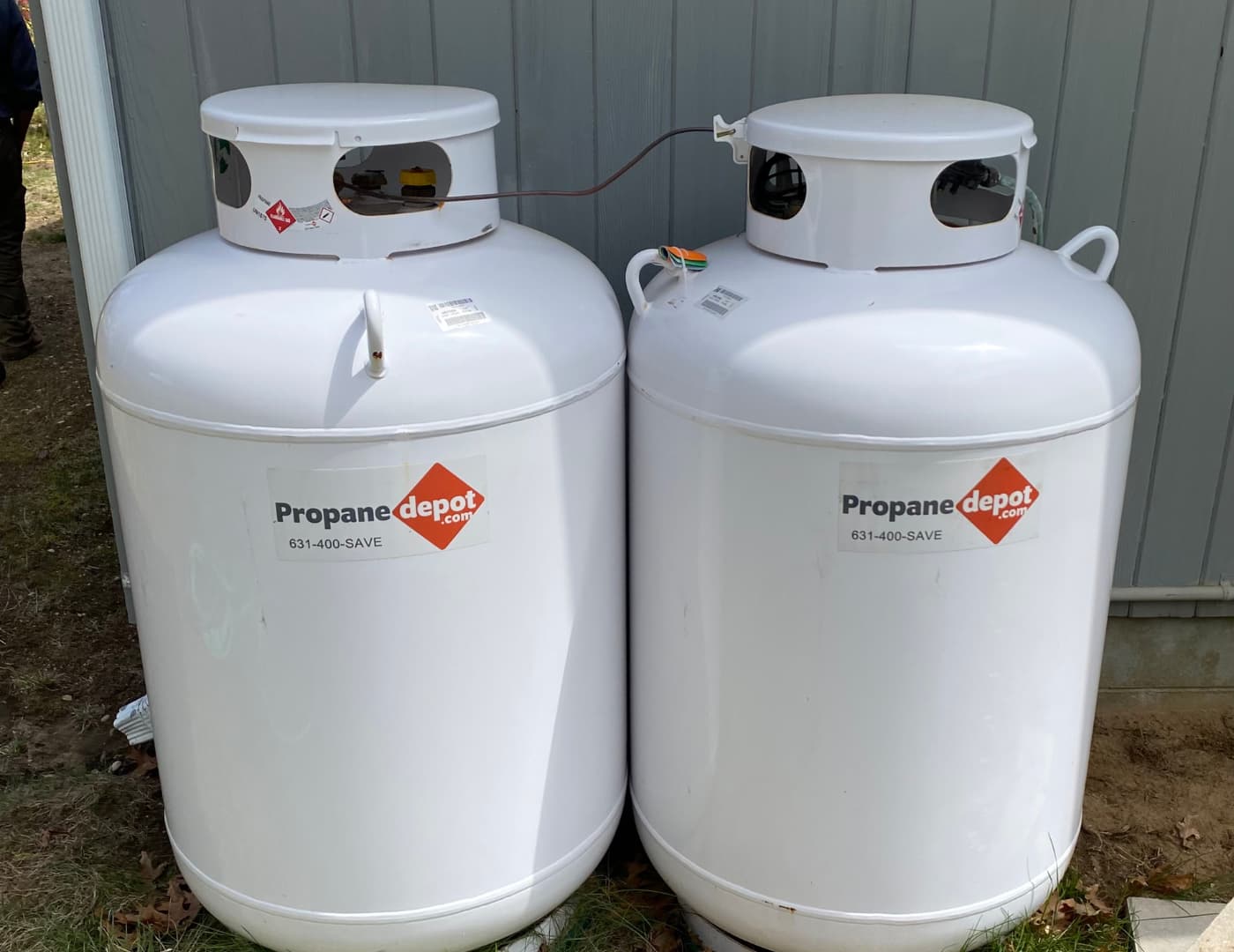
11. **Propane (LPG): The Unsung Workhorse**Propane, also known as Liquefied Petroleum Gas (LPG), is another gaseous fuel that has been a quiet but reliable alternative for vehicles around the world for many decades. Often overlooked in the buzz around newer technologies, propane has a proven track record, offering a practical and readily available solution for various transportation needs. Its established presence in many global markets, particularly in fleet operations and taxi services, speaks to its consistent utility.
The advantages of propane as an automotive fuel are notable: it burns cleaner than gasoline, resulting in lower emissions of carbon dioxide, nitrogen oxides, and particulate matter, contributing to better air quality. It is also often a more cost-effective option than gasoline or diesel, which can provide significant operational savings for fleets. Moreover, propane infrastructure is relatively widespread in many areas, particularly for heating and industrial uses, which can sometimes be leveraged for vehicle refueling.
However, propane does come with its own set of practical limitations. Its lower energy content compared to liquid fuels means that propane-powered vehicles typically have a shorter range or require larger fuel tanks, similar to CNG. Furthermore, the availability of new LPG-compatible vehicles has become more limited as automakers increasingly focus on electrification and other advanced fuels, relegating propane to a more niche role in the automotive landscape.
Despite these constraints, propane is likely to retain its position as a viable niche fuel for specific applications. Its cost-effectiveness, cleaner emissions profile compared to gasoline, and existing infrastructure make it a sensible choice for specific fleet types, such as school buses, delivery vehicles, and light-duty trucks, particularly in regions where its supply chain is robust. For many, propane continues to be a pragmatic and accessible alternative that serves its purpose effectively.
Farther Out: The Horizon of Power
As we gaze further into the future, the ability to produce truly green, carbon-neutral, and carbon-negative fuels on a massive scale hinges on a fundamental challenge: an abundant, affordable supply of clean energy. While renewables like solar and wind are growing rapidly, the sheer energy demand for synthesizing next-generation fuels will require solutions that transcend current capabilities. This leads us to consider groundbreaking energy sources that could redefine our energy landscape entirely.
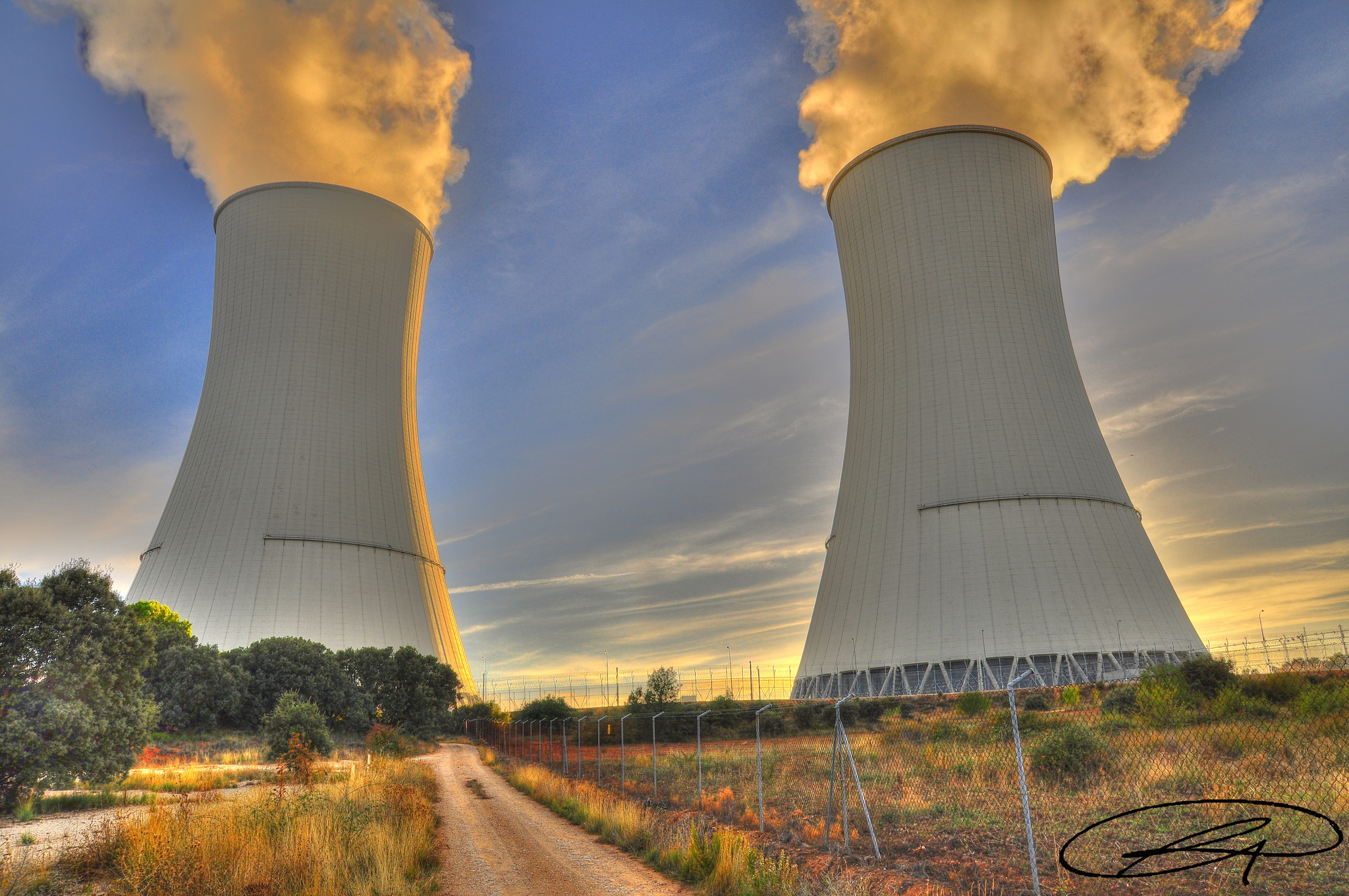
12. **Nuclear Fusion: Unlocking the Sun’s Power**The ultimate dream for limitless, clean energy lies in nuclear fusion—the very process that powers our sun. For decades, scientists have pursued the elusive goal of harnessing this incredible power here on Earth, and recent experimental successes suggest that science is gradually figuring out how to make this a reality. While still a monumental engineering challenge, the potential payoff is nothing short of transformative for our planet’s energy future.
If successfully developed, nuclear fusion could provide an almost inexhaustible supply of energy with virtually no long-lived radioactive waste and none of the greenhouse gas emissions associated with fossil fuels. It is, quite simply, the holy grail of clean energy. This would be the definitive answer to our seemingly insatiable global appetite for clean energy, offering a solution that transcends all current limitations.
For the automotive fuel landscape, the implications of commercially viable nuclear fusion are profound. It would offer an almost infinite source of green electricity, making the production of green hydrogen, eFuels, and other synthetic fuels not just carbon-neutral, but incredibly cheap and scalable. The primary bottleneck for many advanced fuel technologies—the availability of vast amounts of affordable, clean energy—would be completely eliminated.
This is the ultimate long-term vision, a future where energy scarcity is a relic of the past, and the production of truly sustainable fuels is limited only by our ingenuity. While perhaps the furthest on the horizon, the continued breakthroughs in fusion research offer a tantalizing promise: an era where all our planes, trains, ships, and vehicles, no matter how specialized, could be powered by fuels derived from an energy source as clean and boundless as the sun itself.
The journey toward a sustainable automotive future is clearly not a one-size-fits-all solution. It’s a complex, multi-faceted quest, demanding innovation across a diverse portfolio of fuels and energy sources. From the proven effectiveness of advanced biofuels and the burgeoning potential of hydrogen for heavy-duty applications, to the established roles of natural gas and propane, and the awe-inspiring promise of thorium and nuclear fusion, our path forward is rich with possibilities. Tomorrow’s mobility will be a tapestry woven from many threads, each offering a unique contribution to a cleaner, more energy-secure world. The race is on, and science, engineering, and human ingenuity are working tirelessly to deliver a future where the rumble of an engine doesn’t come with an environmental cost. The next decade, and beyond, promises to be nothing short of revolutionary.



